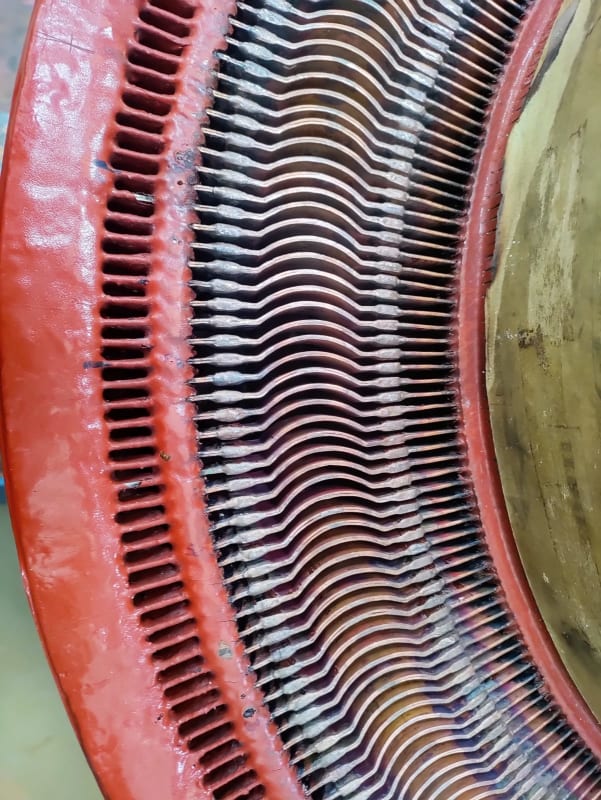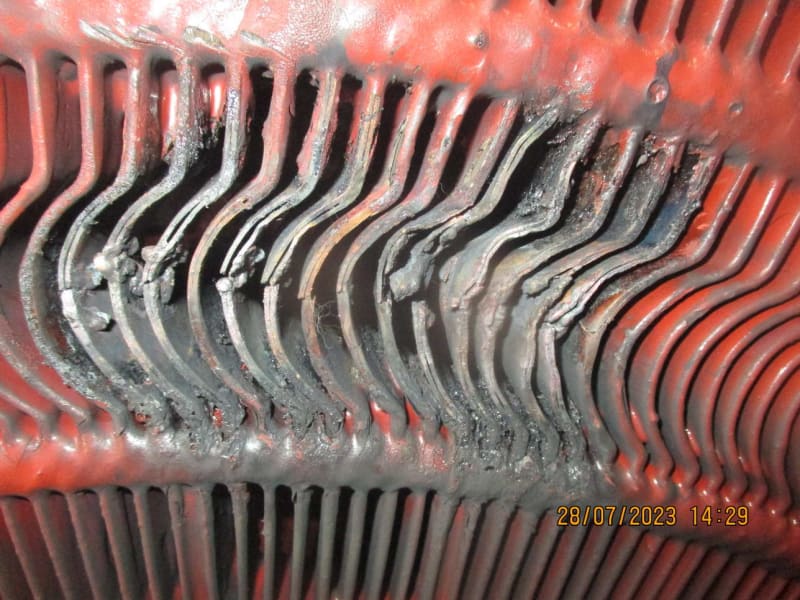edison123
Electrical
- Oct 23, 2002
- 4,501
Which of these structures is stronger in terms of resisting the bending?

Muthu

Muthu
Follow along with the video below to see how to install our site as a web app on your home screen.
Note: This feature may not be available in some browsers.





